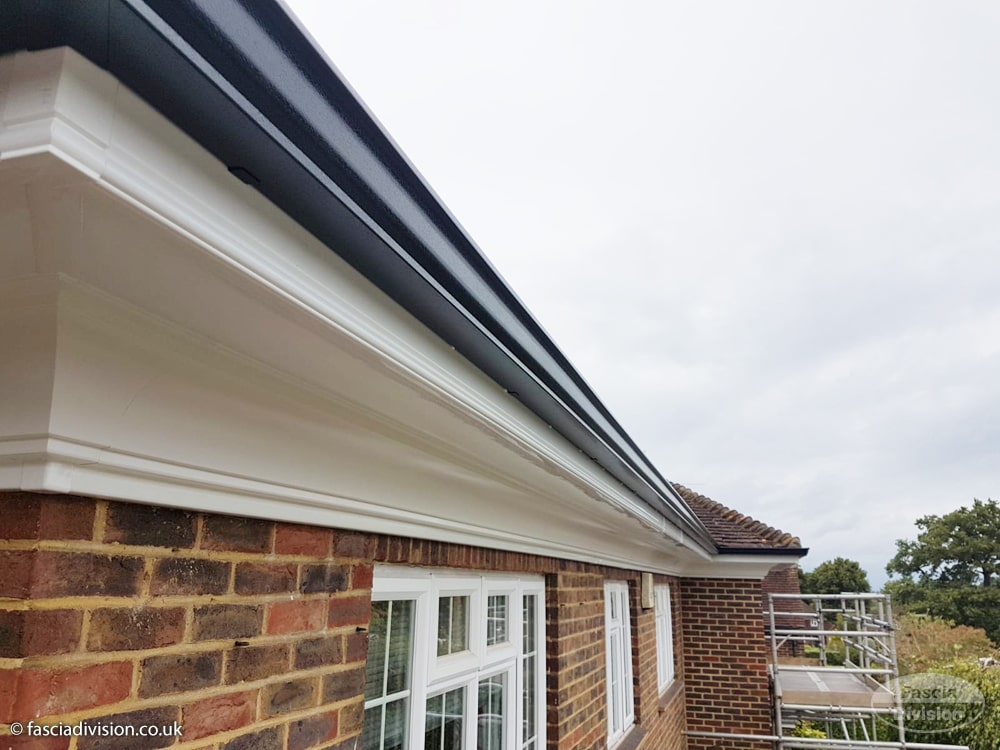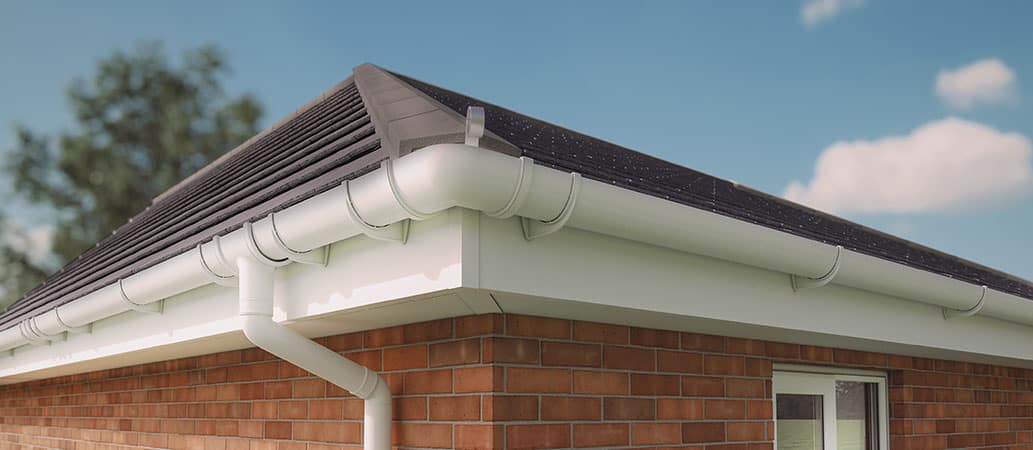
Fascia And Gutter Replacement
Add a review FollowOverview
-
Founded Date February 27, 1916
-
Sectors Automotive Jobs
-
Posted Jobs 0
-
Viewed 75
Company Description
How To Create An Awesome Instagram Video About Soffits
Understanding Fascias and Soffits: Key Components of Your Home’s Exterior
When it concerns maintaining the structural stability and aesthetic appeal of a home, lots of homeowners ignore the value of fascias and soffits. These elements are pivotal in securing a house from the aspects while also boosting its visual appeal. In this article, we will explore the meanings, functions, products, maintenance tips, and FAQs surrounding fascias and soffits to offer an extensive understanding of their significance in domestic architecture.
What Are Fascias and Soffits?
Fascias
Fascias are the long, horizontal boards that line the edge of a roof. They are positioned at the junction where the roof satisfies the outside walls of a house, usually serving 2 main functions: serving as a visual trim at the roofline and supplying a mounting point for the gutter system.

Soffits
Soffits, on the other hand, are the boards that connect the exterior wall to the fascia maintenance, supplying an ended up surface under the roofing system overhang. They are vital for aerating the attic space, making sure appropriate air circulation, and avoiding moisture buildup, which might lead to mold development and structural damage.
Functions of Fascias and Soffits
Fascias and soffits play vital roles in home security and maintenance, consisting of:
-
Protection From Weather Elements: They help shield the underlying structures from wind, rain, and snow, preventing water damage and external destruction.
-
Visual Appeal: These aspects add to the overall appearance of a home, framing the architectural design, particularly in the roofing area.
-
Gutter Support: Fascias offer a steady surface area for installing gutters, making sure appropriate water drainage from the roofing.
-
Ventilation: Soffits permit airflow in the attic space, which is crucial for controling temperature and moisture levels.
-
Insect Deterrence: When correctly installed, both fascias and soffits can help keep bugs like birds and rodents at bay.
Materials Used for Fascias and Soffits
Fascias and soffits are available in various products, each with its benefits and drawbacks. The most typical products consist of:
| Material | Benefits | Disadvantages |
|---|---|---|
| Wood | Traditional visual, simple to paint | Needs routine maintenance, susceptible to rot |
| Vinyl | Low maintenance, weather-resistant | Minimal color options, can fade in time |
| Aluminum | Long lasting, light-weight, rust-proof | Can dent easily, needs proper installation |
| Fiber Cement | Resistant to bugs and rot | Heavier than other products, higher cost |
| PVC | Durable, maintenance-free | Plastic appearance, can be less sustainable |
Understanding These Materials
- Wood: Often selected for its classic look, wood requires sealing and regular painting or staining to preserve its life-span.
- Vinyl: A popular choice due to its low maintenance; it does not require painting and is offered in numerous colors.
- Aluminum: Known for its durability and ability to withstand harsh weather, aluminum fascias and soffits can offer a streamlined, contemporary appearance.
- Fiber Cement: Made from a composite of cement and cellulose fibers, this product is highly resistant to elements and bugs.
- PVC: An extremely resilient choice, PVC items do not rot and are resistant to insects but may lack the visual appeal of wood or fiber cement.
Maintenance Tips for Fascias and Soffits
Regular maintenance of fascias and soffits is crucial to prolong their life-span and protect the overall stability of a home. Here are some practical tips:
- Regular Inspections: Periodically look for indications of damage, such as rot, holes, or denting.
- Tidy Gutters: Keep gutters clear of debris to prevent overflow that can damage the fascias.
- Moisture Management: Ensure that the ventilation in the attic is appropriate to prevent moisture buildup.
- Painting and Sealing: For wooden fascias, make it a practice to repaint or reseal every few years to safeguard versus the components.
- Insect Control: Inspect for signs of pest invasion, as little openings in fascias and soffits can enable entry.
Frequently asked questions About Fascias and Soffits
1. How often should fascias and soffits be checked?
Normally, property owners should check their fascias and soffits at least as soon as a year, specifically after extreme weather condition.
2. Can I paint or stain artificial materials like PVC or vinyl?
While PVC and vinyl do not need painting, you can utilize special paint designed for these products for customization, though it’s not necessary for maintenance.
3. What are the indications that my fascias and soffits need changing?
Signs consist of noticeable rot, looseness, peeling paint, or obvious sagging. If water damage is noticeable on the interior of the home, replacement might be needed.
4. Why is ventilation essential in soffits?
Proper ventilation in soffits assists to regulate attic temperature, reduces moisture accumulation, and avoids condensation that can result in major structural concerns.
5. Are there any DIY alternatives for setting up fascias and soffits?
While DIY installation is possible for experienced handypersons, professional installation is recommended to guarantee correct fit and function, especially relating to gutter accessories.
Fascias and soffits may frequently go undetected up until noticeable problems occur, however understanding their function and value is essential for any property owner. By frequently keeping these parts, selecting quality products, and addressing issues early, house owners can significantly improve both the visual appeal and the longevity of their homes. Making the effort to comprehend fascias and soffits is a financial investment in the future stability and charm of a residential or commercial property.



